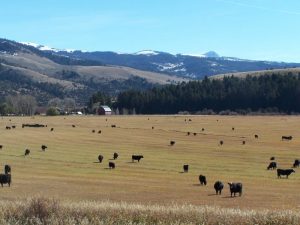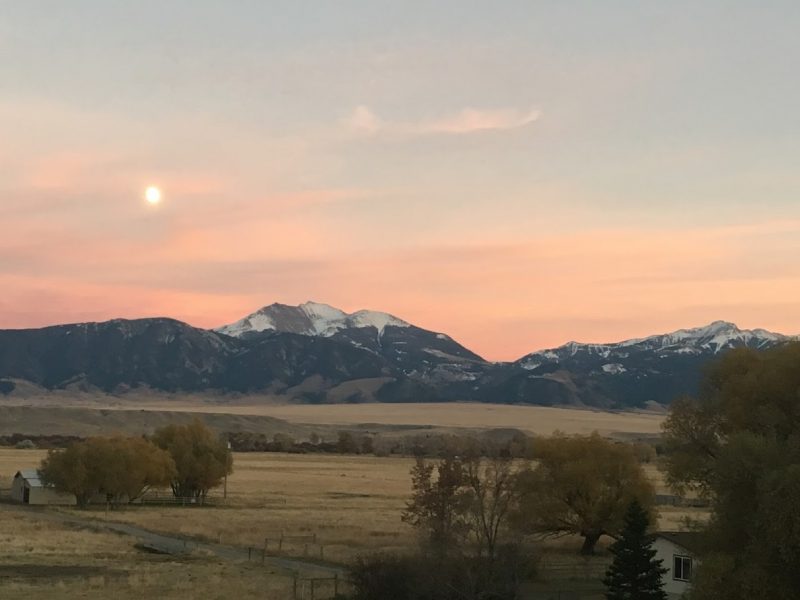Globally, climate change is combining with anthropogenic land and water use change to make droughts hotter, drier, and longer. These more-intense droughts will impact ecological systems and processes, including those which benefit human communities (often referred to as ecosystem services). Drought planning currently recognizes the vulnerability of certain ecological impacts from drought (e.g., loss of instream flow affecting fish populations). However, planning processes generally do not identify all the ecological aspects in a landscape that stakeholders value that might be vulnerable to drought.
A planning framework also tends not to directly address ecosystem services. Responding to this gap, an interdisciplinary team of scientists and planners have identified ways to better integrate ecological impacts into drought planning in order to protect human and natural communities in a new WIREs Water review. The research is part of a national-scale scientific collaboration called Science for Nature and People Partnership (SNAPP)—Ecological Drought, working in partnership with state water planners at the Montana Department of Natural Resources and Conservation (MT DNRC).
Focusing on the Upper Missouri Headwaters of southwestern Montana, USA, this review examines how to incorporate ecosystem services into drought planning. By incorporating ecosystem services and planning for ecological impacts before a drought happens, planners and communities can more effectively identify components of the ecosystem at risk and appropriate strategies to prepare before droughts happen or recover if they do occur.

The authors compared two methods for identifying ecosystem services that might be vulnerable to drought. One approach was to elicit ecosystem services during a participatory day-long workshop using a structured framework called the Common International Classification of Ecosystem Services (CICES) and the other method was a traditional vulnerability assessment using semi-structured interviews. In both methods, information was solicited from local, state, federal, and NGO professionals working in water, drought, and landscape management and planning in the case study region.
The authors compared results from the two methods to assess which ecosystem services might be vulnerable to drought and which impacts of drought reported in interviews were associated with losses of ecosystem services. While both methods yielded a shared set of vulnerable ecosystem services, each method also yielded its own type of information.
The CICES approach produced greater detail about services currently present in the UMH ecosystem while interviews resulted in more discussion about ecological transformation from future droughts. The interviews also highlighted distributional issues related to how the benefits from services are distributed among users, while the CICES approach described aggregated benefits across the landscape. Results suggest that some combination of open-ended vulnerability assessment methods and ecosystem services elicitation using a structured framework can result in greater understanding of ecological drought vulnerability in a given region. Drought planners interested in integrating ecological impacts into their work could strategically combine aspects of both methods to integrate the types of concerns highlighted by each.
The authors additionally stress that the process of engaging stakeholders in a region to consider ecological impacts of drought is important as it can serve dual decision making and social learning functions. However, the authors caution that finding the most effective way to integrate and use these methods will require additional work to identify best practices for collecting ecosystem service information and using it to inform vulnerability assessments. Despite the necessity for future experimentation, the authors suggest including information about ecosystem services in drought and related planning efforts can help managers better prepare for and mitigate the impacts of future droughts.
Kindly contributed by the Authors.

















